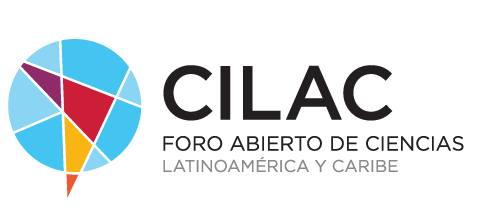A team of researchers from Princeton University in the United States and Aalto University in Finland have mathematically demonstrated how three vortices can be linked so that they do not fall apart. In doing so, they found that the shape of the links, created in a special type of matter known as a Bose-Einstein condensate, bears an uncanny resemblance to a pattern widely used by the Vikings and other ancient cultures. The finding has important applications for quantum computing and particle physics. Toni Annala, lead author of the study just published in Communications Physics, used both ropes and water vortices to explain the phenomenon: “If you make a linking structure with, say, three continuous ropes in a circle, you can’t untangle it because one rope can’t pass through another. But if the same circular structure is made in water, the vortices can collide and merge if they are not protected.” In a Bose-Einstein condensate , the linking structure is somewhere between those two examples." Borromean knots The structure achieved by Annala and colleagues is conceptually similar to the well-known ' Borromean knots ', a pattern of three interlocking circles that has been widely used throughout history as a symbol or as a coat of arms. A Viking symbol associated with Odin , for example, is made up of three similarly interlocking triangles. If one of the circles (or triangles) is removed, the entire pattern dissolves because the remaining two are not directly connected. Each element therefore links its two partners, stabilizing the structure as a whole. Related News standard No Quantum computer simulates the space-time shortcut of a wormhole Patricia Biosca standard No If quantum supremacy is achieved today… David Nicholas Olivieri Cecchi The mathematical analysis carried out in this research shows how similarly robust structures could exist between knotted or linked vortices. Such structures can be observed in certain types of liquid crystals, or in condensed matter systems, and could affect the behavior and development of those systems. “To our surprise,” says Mikko Möttönen, co-author of the study, “such topologically protected links and knots had not been invented before. This is probably because the link structure requires vortices with three different types of flow, something that is much more complex than the two-vortex systems that have been worked with until now. In the future, these findings will help make quantum computing more precise. In so-called ‘topological quantum computing,’ for example, logical operations would be carried out by entangling different types of vortices with each other in various ways. “In normal liquids,” explains Möttönen, “the knots unravel, but in quantum fields there can be topologically protected knots, just as we are now discovering.” Annala, for her part, adds that "the same theoretical model can be used to describe structures in many different systems, such as cosmic strings in cosmology." The topological structures used in the study also correspond to vacuum structures in quantum field theory. Therefore, the results of this work could also have implications for particle physics. MORE INFORMATION news No The US takes a historic step toward achieving clean and inexhaustible energy with nuclear fusion news No What is petrichor and why are we so attracted to the smell of wet earth? From now on, the researchers plan to theoretically demonstrate the existence of a knot in a Bose-Einstein condensate that would be topologically protected against dissolution in a scenario that could be reproduced experimentally. "The existence of topologically protected knots," concludes Möttönen, "is one of the fundamental questions of nature. And now, after a mathematical demonstration, we can move on to simulations and experimental research."
